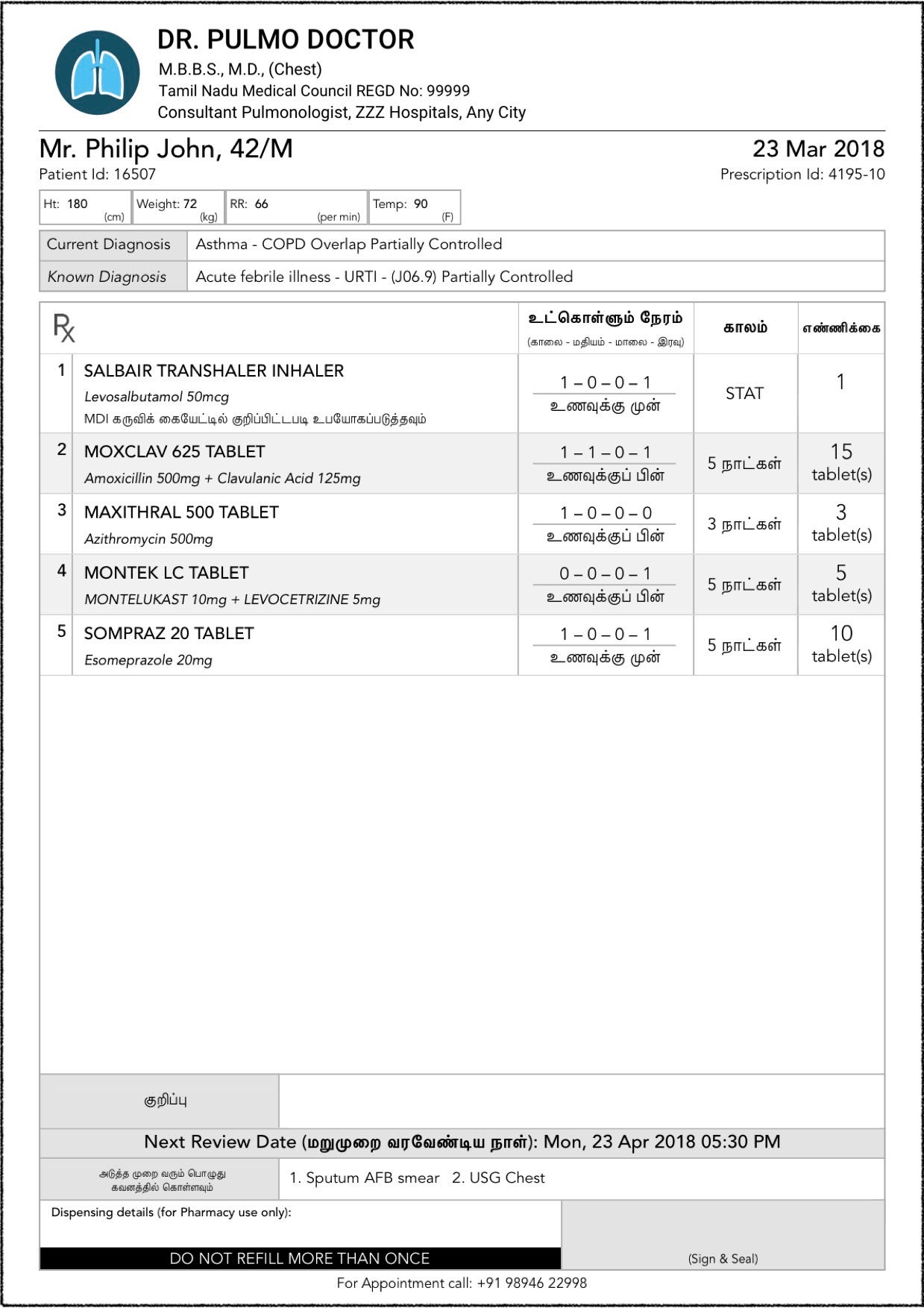The healthcare industry is undergoing a major transformation, and one of the most significant advancements is the rise of digital prescriptions. With the integration of technology, pharmacies are now shifting from traditional paper prescriptions to electronic prescription (e-prescription) systems. This change not only enhances efficiency but also improves patient safety and medication adherence.
What Are Digital Prescriptions?
 Digital prescriptions, also known as e-prescriptions,
are electronically generated and transmitted medical prescriptions that replace
traditional handwritten ones. These prescriptions are securely sent from
healthcare providers to pharmacies via electronic health record (EHR) systems,
reducing errors and streamlining the medication process.
Digital prescriptions, also known as e-prescriptions,
are electronically generated and transmitted medical prescriptions that replace
traditional handwritten ones. These prescriptions are securely sent from
healthcare providers to pharmacies via electronic health record (EHR) systems,
reducing errors and streamlining the medication process.
Unlike paper-based prescriptions, which can be lost, misinterpreted, or forged, digital prescriptions offer a secure, standardized, and traceable alternative. They are stored electronically, making them easily accessible for future reference, medication history tracking, and automated refills. Additionally, digital prescriptions minimize the risk of handwriting misinterpretation, which has historically been a major cause of medication errors.
E-prescription systems also integrate with clinical decision support tools, alerting healthcare professionals to potential drug interactions, contraindications, and patient-specific considerations (such as allergies or pregnancy risks). This ensures that prescriptions are safer and more accurate than traditional methods.
Furthermore, digital prescriptions enhance communication between healthcare providers and pharmacists, allowing for real-time updates, instant verifications, and improved coordination of care. Patients, in turn, benefit from faster processing times, fewer pharmacy visits, and the ability to access their prescriptions remotely through mobile health apps and patient portals.
|
Benefit |
Description |
|
Reduced Errors |
Eliminates
misinterpretation of handwriting and incorrect dosages. |
|
Enhanced Patient Safety |
Alerts
pharmacists to potential drug interactions and allergies. |
|
Convenience |
Patients can receive
prescriptions without needing a physical visit. |
|
Faster Processing |
Reduces
waiting times at pharmacies by enabling direct electronic transmission. |
|
Better Compliance |
Improves adherence by
integrating with reminders and patient records. |
How Digital Prescriptions Work
The process of generating and fulfilling a digital
prescription typically follows these steps:
- Doctor Consultation: A physician diagnoses a patient and prescribes medication via an electronic system.
- EHR Integration: The prescription is stored in the patient's electronic health records.
- Secure Transmission: The prescription is sent securely to a pharmacy of the patient's choice.
- Pharmacist Review: The pharmacist verifies the prescription and checks for drug interactions.
- Medication Dispensing: The prescribed medication is prepared and provided to the patient.
The Role of Technology in Digital Prescriptions
Several technologies are shaping the future of digital
prescriptions:
|
Technology |
Impact on Digital
Prescriptions |
|
Artificial
Intelligence (AI) |
AI helps analyze
patient data to prevent adverse drug reactions. |
|
Blockchain |
Ensures
secure and tamper-proof prescription records. |
|
Cloud Computing |
Provides real-time
access to prescription data across multiple platforms. |
|
Mobile Applications |
Enables
patients to receive and manage their prescriptions digitally. |
Challenges and Solutions
While digital prescriptions offer numerous advantages, they also present some challenges:
The Future of Digital Prescriptions
- AI-driven
prescription recommendations.
- Blockchain-based
prescription security.
- Enhanced
mobile prescription management apps.
- Integration with telemedicine for seamless healthcare access.
Conclusion
The transition to digital prescriptions marks a significant
advancement in the healthcare and pharmacy industries. By reducing errors,
improving efficiency, and enhancing patient safety, e-prescriptions are paving
the way for a more reliable and convenient healthcare experience. As technology
continues to evolve, digital prescriptions will play an increasingly vital role
in the future of medicine.
Call to Action
What are your thoughts on digital prescriptions? Have you
experienced the benefits or challenges firsthand? Share your opinions in the
comments below!


No comments:
Post a Comment